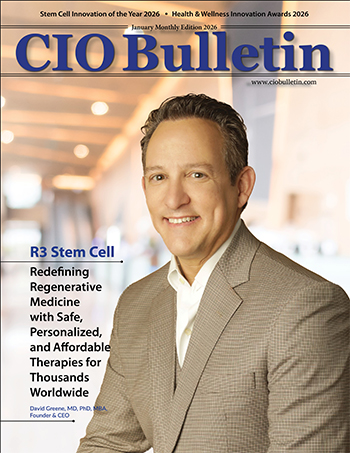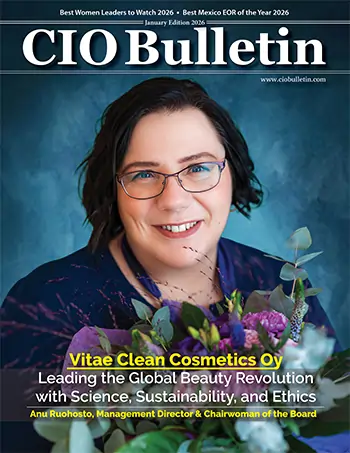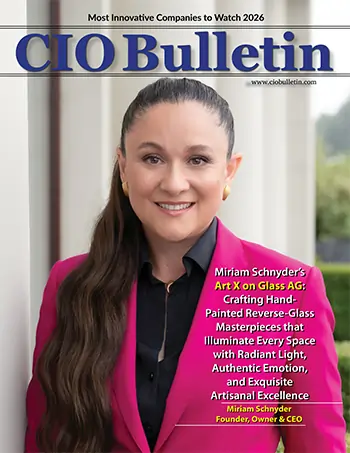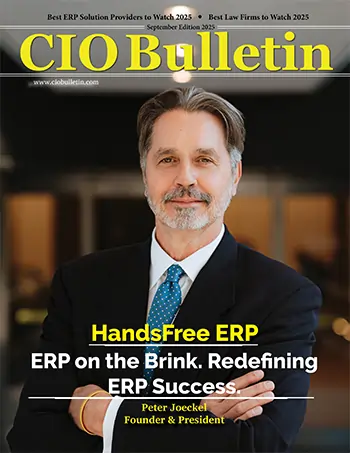Innovation Excellence Awards 2024
CIO Bulletin
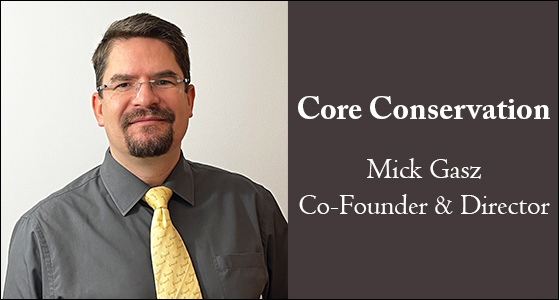
Step into the realm of architectural revitalization with Core Conservation—an extraordinary team of building conservation specialists, scientists, and engineers on a mission to unravel the mysteries and challenges embedded in older structures. The excitement at Core Conservation stems from the pursuit of innovative solutions to dampness problems, extending their expertise to any building type. What sets them apart is their advocacy for traditional, breathable materials and practices—a harmonious blend of past wisdom and cutting-edge problem-solving.
Immerse yourself in a journey where every crack and crevice tells a story; at Core Conservation, these transform into narratives of preservation and restoration. With an acute understanding of architectural nuances between old and new structures, the company champions building-friendly approaches, steering clear of potential damages that non-breathable materials can inflict on historical gems.
Mick Gasz, Director of Core Conservation, spoke to CIO Bulletin and shed light on how his company not only conserves but also breathes new life into architectural treasures. In their hands, buildings don't merely stand; they narrate tales of resilience and rejuvenation.
Interview Highlights
Q. What led to the founding of Core Conservation? How has the company grown over the years?
The initial spark over 10 years ago stemmed from the observation that truly conservation-friendly solutions for dampness problems were almost entirely absent from the heritage building sector. We had the impression that we spotted a niche.
Since then, we've been diligently working to fill this void, offering traditional materials and methods not only for damp problems but also for insulation upgrades, basement conversions, traditional floors, consolidation and seismic reinforcement, flood prevention—you name it.
Over the years, we have evolved into “the company you go to when you just can’t figure it out” in the field of building restoration. Our methods, materials, and innovative approach have received widespread recognition through numerous industry awards and a scientific award bestowed by the Academy of Sciences.
Q. How have Core Conservation and its solutions transformed dampness treatment in old buildings and introduced innovation to them?
The main driver behind our growth has always been our thirst for knowledge and a desire to comprehend challenging problems at a scientific level, thanks to my scientist colleague, Val Juhasz. When faced with a puzzle, we turned to science, drawing from our doctoral research under the guidance of the University of Strathclyde. We delved into scientific papers, conducted lab tests, and persevered until we unraveled the mysteries. This process allowed us to gain a profound understanding, revealing the outlines of optimum solutions.
Our approach led to the rediscovery of lost elements in traditional architecture and building materials, and at times, it involved introducing innovative solutions to problems that seemed to lack traditional remedies—such as the case with Magnetic Damp Proof Course technology.
It's worth noting that the most effective traditional solutions were found in Roman architecture. Recreating Roman building materials and applying them to the restoration of old buildings proved to be a game-changer. This breakthrough enabled us to elevate the quality and longevity of building restoration to a whole new level.
Q. What does innovation mean for Core Conservation? How is the company ensuring its innovative solutions are improving dampness treatment in the UK?
Innovation, to us, signifies a better understanding and deeper insight, paving the way for improved solutions, methods, and materials. We have never been “market followers” but have consistently chosen the more challenging path—introducing methods and materials that were previously unavailable.
Our motivations have remained clear: to make building restoration more manageable and long-lasting, to solve problems that were once difficult to address, and to enhance the performance of old buildings, aligning them with 21st-century standards whenever possible.
These are highly desirable concepts, and I believe that as long as we continue to bring them to fruition, we will keep elevating the standards of the building restoration trade and the building conservation sector.
Q. What are the different solutions Core Conservation offers to its clients?
We are fundamentally a Building Conservation company with a robust R&D component, endowing us with an extensive toolbox and a diverse array of services. Our expertise lies in handling challenging cases and ensuring enduring renovations, encompassing:
Q. What are some of the reasons for Core Conservation’s focus on treating dampness in old buildings?
Our focus on dampness stems from two primary reasons:
Firstly, according to statistical data, around 30% of all building renovation works are attributed to moisture-related damage. This substantial percentage underscores the prevalent issue of buildings succumbing to dampness, highlighting the need for improved renovation methods and materials to address this challenge effectively.
Secondly, the root cause behind the aforementioned statistics lies in the limited research on moisture-related phenomena in building materials in the past. Consequently, this subject remains inadequately understood. Through our research and innovation, we aim to significantly enhance the quality and longevity of building restoration, addressing this gap in understanding.
Q. How vital has it been to build a skilled team at Core Conservation? How does the company promote innovation within its team?
In my experience, innovation is driven by a profound understanding of a field, extensive practical experience, and creativity. It involves a (out-of-the-box) thinking approach that has always been inherent within the team, making the process both natural and enjoyable for all.
Q. What are Core Conservation’s plans for the future?
We are deeply passionate about historic buildings and thrive on facing challenges, with time being one of the greatest adversaries for these architectural treasures. Centuries or millennia haven't been kind to them, and if restored using the wrong methods, they may not withstand the test of time for future generations.
Our proprietary building monitoring and data logging system, coupled with cross-referenced data analysis, empowers us to predict the aging mechanisms of the building. Drawing inspiration from Roman architecture, which provides invaluable insights into how to restore old buildings for lasting endurance, we aspire to contribute our expertise to the restoration of more World Heritage Sites requiring this specialized skill set.
Q. Would you like us to highlight something important happening in your company that we may have missed asking about?
We are thrilled to announce our recent involvement in an exceptional project that will put our expertise to the test on an international scale. Collaborating with esteemed universities and scientists, we will undertake the consolidation and restoration of a 1500-year-old building, recognized as one of the architectural wonders of the world.
Projects of this caliber ignite our passion for what we do. Our journey begins with the design of a customized multichannel monitoring and data logging system, in collaboration with prestigious institutions and scholars. This system aims to enhance our understanding of the project's challenges and the underlying causes of past restoration failures. Subsequently, we look forward to applying our skills in Roman architecture and enduring building restoration, as this monumental structure is poised to stand tall for another 1500 years.
Core Conservation | Leadership
Mick Gasz, Co-Founder and Director of Core Conservation, shaped the company's trajectory with an educational background in Management Strategy and completion of Harvard University courses in Innovation Management.
Val Juhasz, Co-Founder and Director of Core Conservation, serves as an Engineer and PhD Researcher at the University of Strathclyde. As the Head of Research, Val is the driving force behind the company's research and innovation initiatives.

Insurance and capital markets
